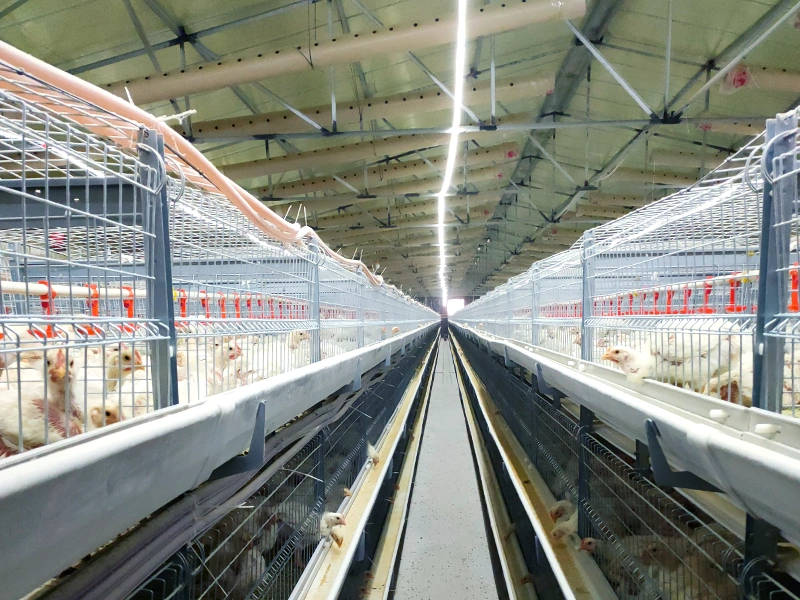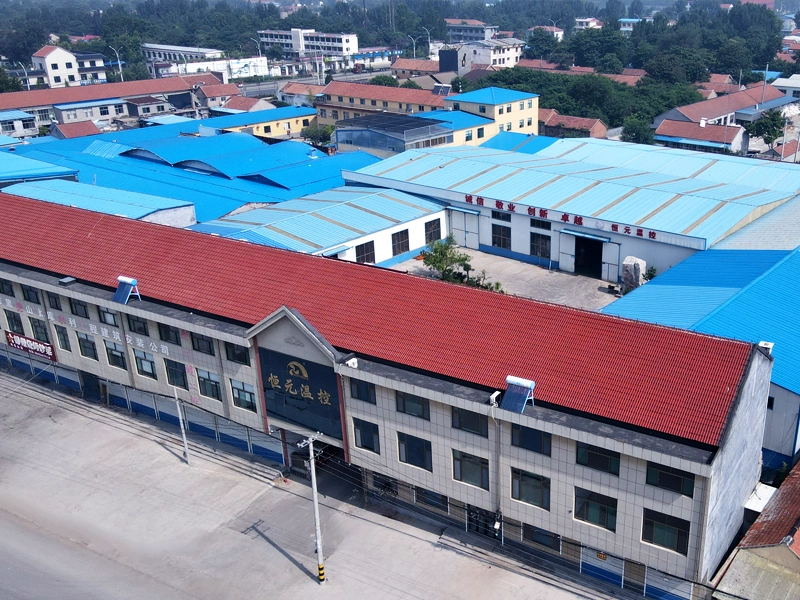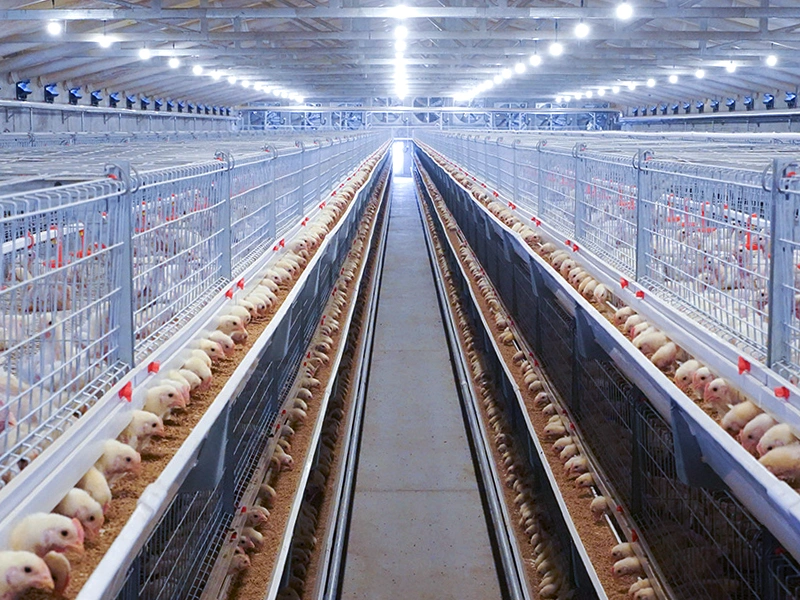The Ins and Outs of the Negative Pressure Fan: A Comprehensive Guide
Release time:
2025-08-20
Understanding the Negative Pressure Fan
Ever heard of a negative pressure fan? Well, if not, you're in for a treat! These unsung heroes of ventilation systems play a critical role in various settings—from industrial workshops to residential basements. In a nutshell, a negative pressure fan creates a vacuum by pulling air out of a space, which in turn draws fresh air in from outside. Pretty nifty, right?
How Does It Work?
So, how does this magical contraption operate? A negative pressure fan typically consists of a motor-driven fan paired with a series of ducts and vents. When the fan activates, it expels air from a designated area. This action lowers the air pressure inside the space, prompting outside air to rush in through the available openings. Think of it as a giant straw sucking air out of a milkshake—only much more sophisticated!
Why Use a Negative Pressure Fan?
Now, you might be wondering, "Why on earth would I need one of these?" Well, let me tell you! Negative pressure fans come with a plethora of benefits:
- Improved Air Quality: By continuously exchanging stale indoor air with fresh outdoor air, these fans help maintain a healthier environment.
- Moisture Control: Excess humidity? No problem! Negative pressure fans can help reduce the moisture content in the air, preventing mold and mildew growth.
- Efficient Ventilation: They're perfect for spaces that require consistent airflow, such as workshops or even kitchens.
- Energy Savings: Believe it or not, using a negative pressure fan can save you money on energy costs by reducing the need for air conditioning.
Applications Galore!
Negative pressure fans are everywhere and can be found in various applications:
- Industrial Settings: Factories often use these fans to manage fumes and ensure worker safety.
- Emergency Situations: They're commonly employed in fire and smoke control strategies to help clear hazardous environments.
- Home Use: Basement waterproofing and odor removal? Check and check!
Installation Tips
Alright, let's get down to the nitty-gritty. Installing a negative pressure fan isn't rocket science, but there are a few things to keep in mind:
- Location, Location, Location: Choose a spot where air can easily flow in from outside.
- Seal the Space: Ensure any potential leaks are sealed to maximize efficiency.
- Regular Maintenance: Just like any other equipment, keep it clean and check for wear and tear.
Common Misconceptions
Oh, the myths surrounding negative pressure fans! Here are a couple that need busting:
- They're Noisy: While some models can be a bit loud, many are designed to operate quietly.
- Only for Industrial Use: Not true! As mentioned, they're quite versatile and can enhance residential spaces too.
Final Thoughts
In conclusion, if you're on the fence about investing in a negative pressure fan, think about the numerous advantages they bring to the table. From improving air quality to being energy efficient, these fans are a game-changer in many environments. So, why not give them a shot? After all, fresh air is just a fan away!
recommend Content
2025-04-24
Share






